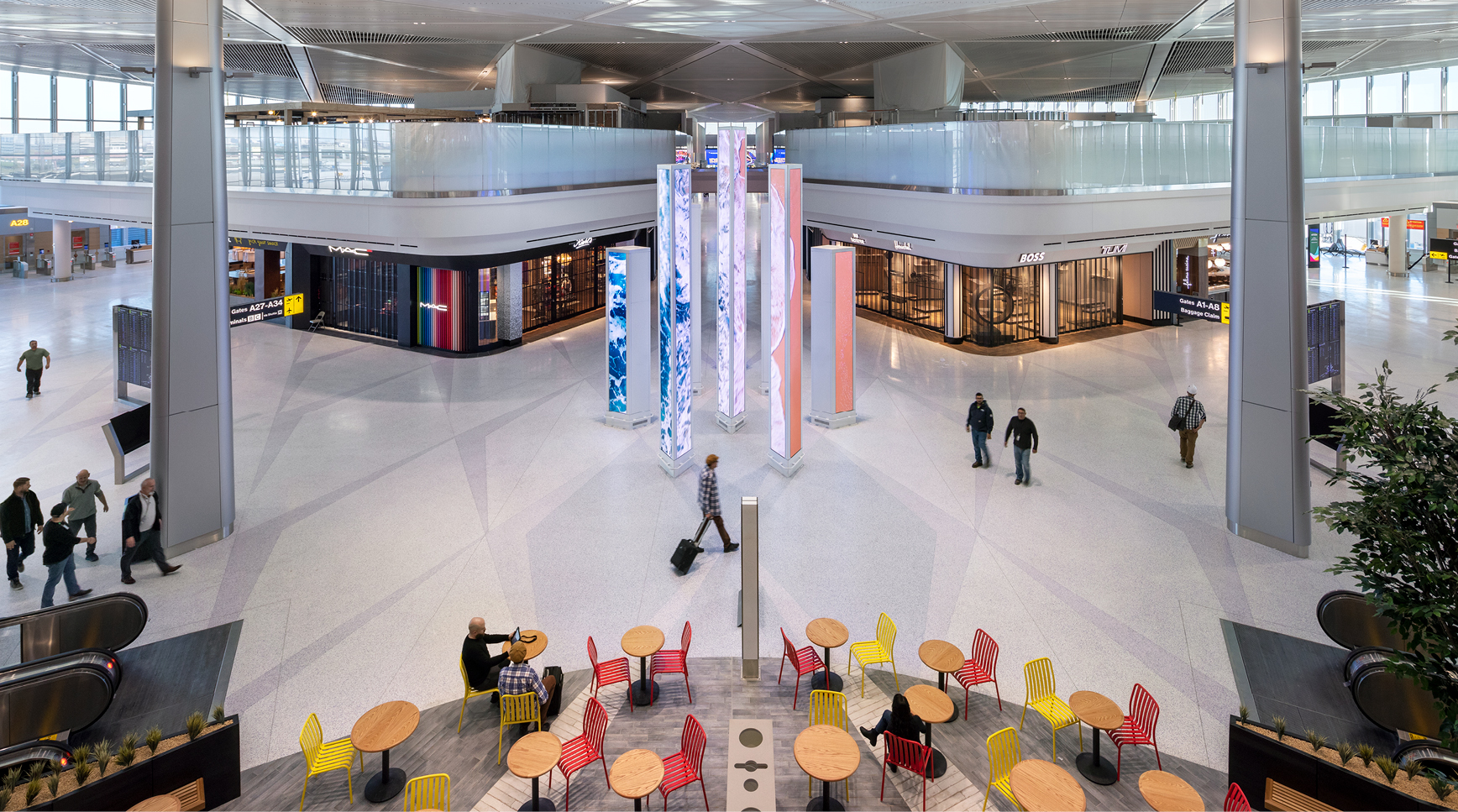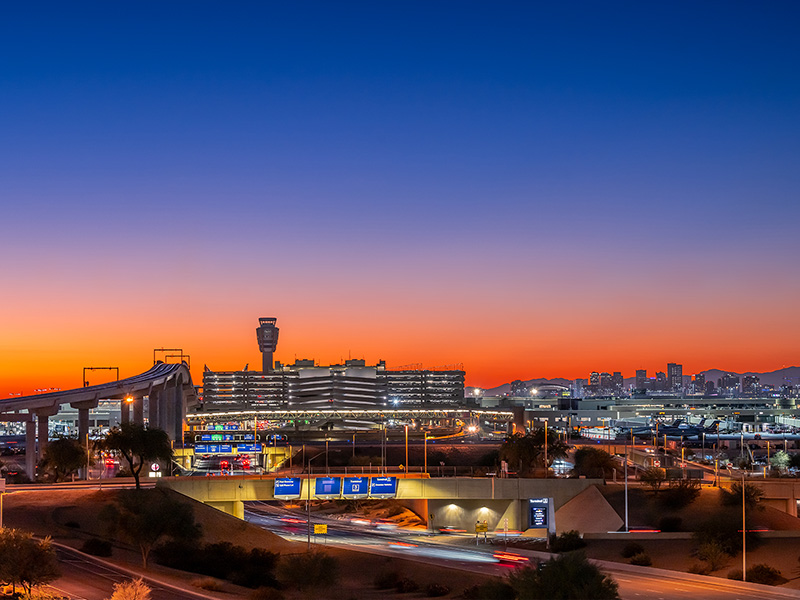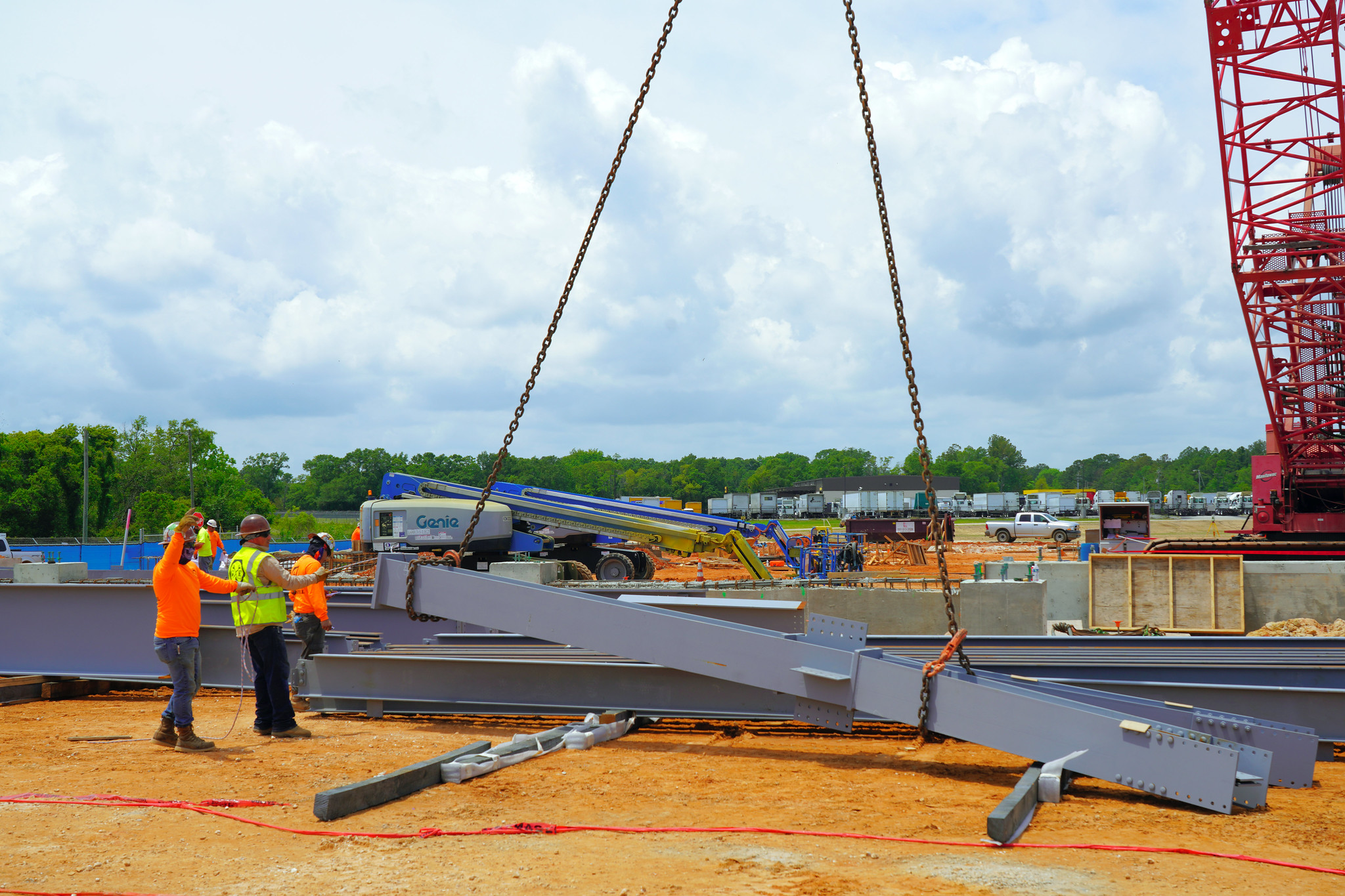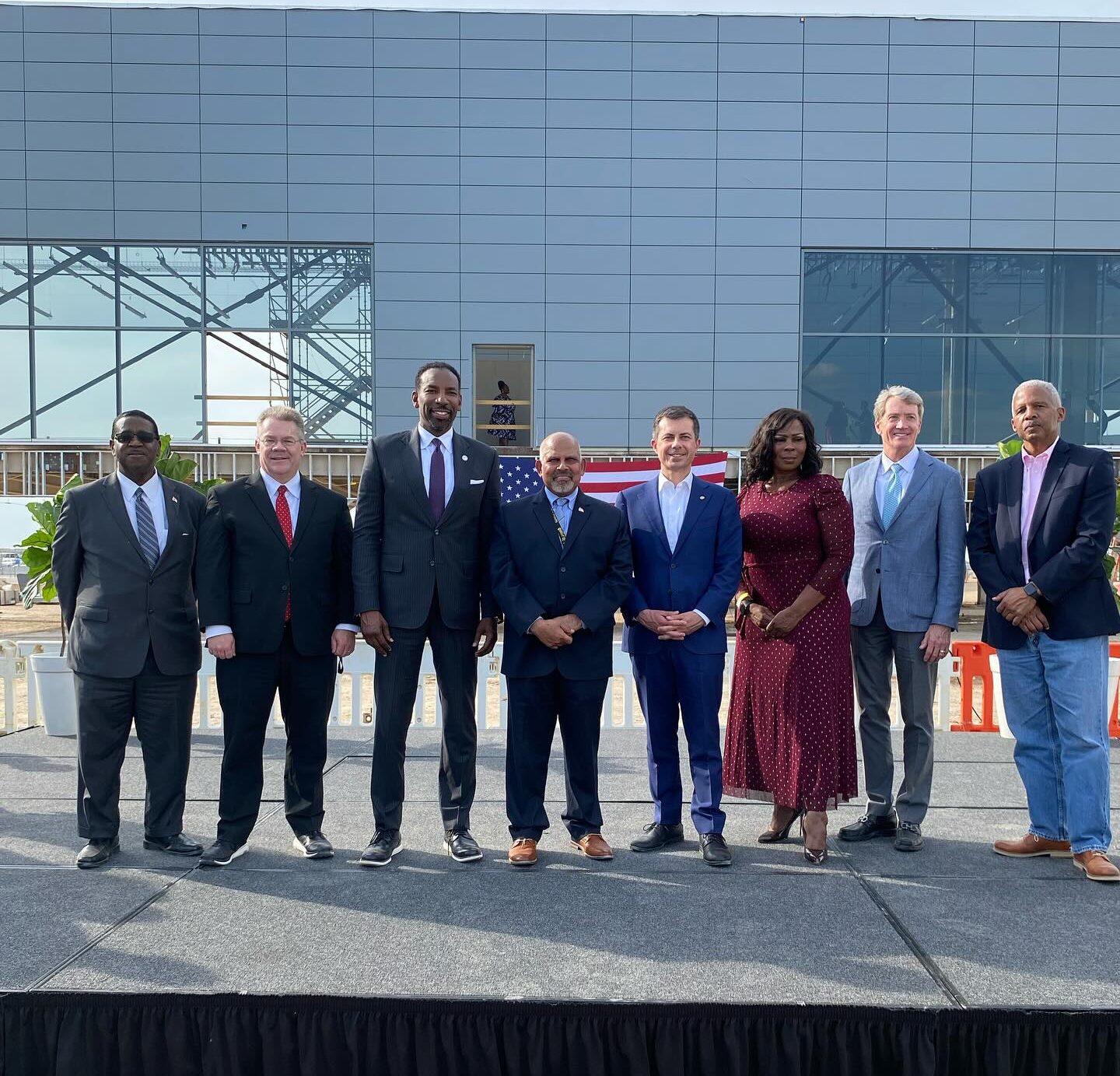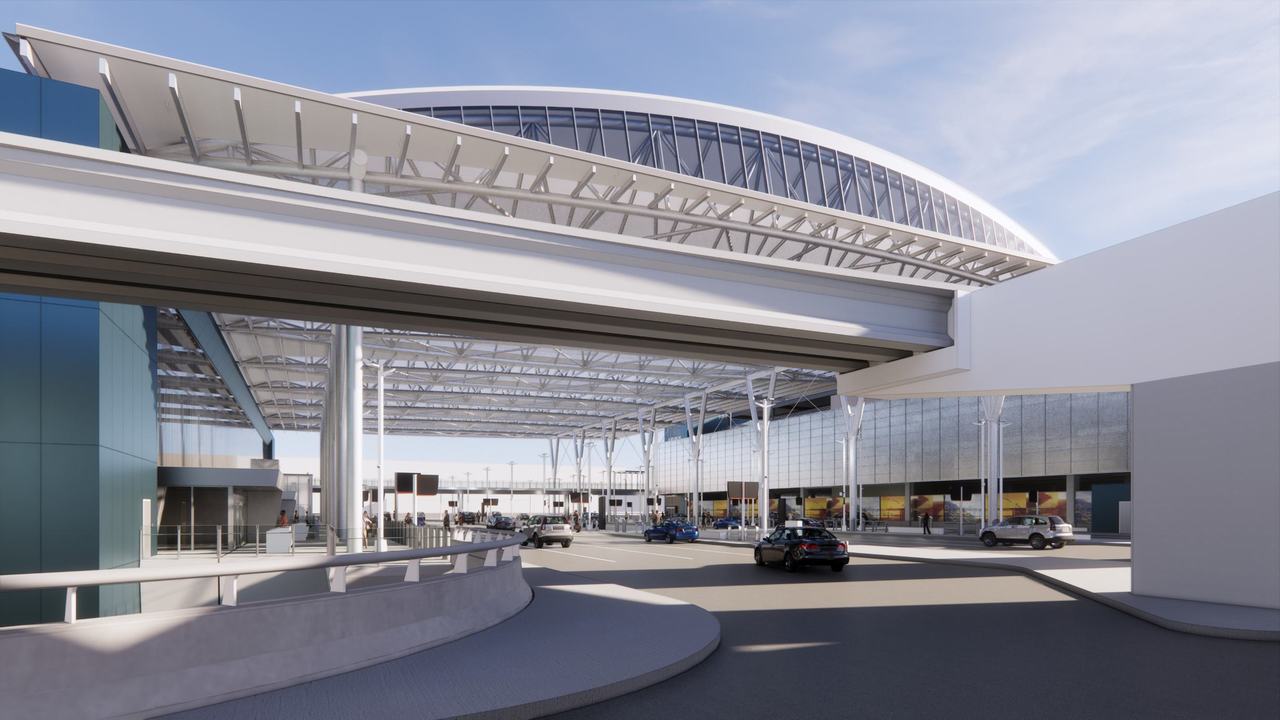At the Sustainable Skies World Summit 2024, TV and live events presenter, Bryn Lucas sat down with Paul Griffiths, Chief Executive Officer of Dubai Airports to discuss the city’s future hub at Al Maktoum International Airport (DWC) in Jebel Ali.
Also known as Dubai World Central, DWC opened in 2010, 37 kilometres southwest of Dubai. It is now set to be expanded into the city’s primary hub, providing a facility that will be five times the size of Dubai International Airport (DXB) and capable of accommodating 260 million passengers per year.
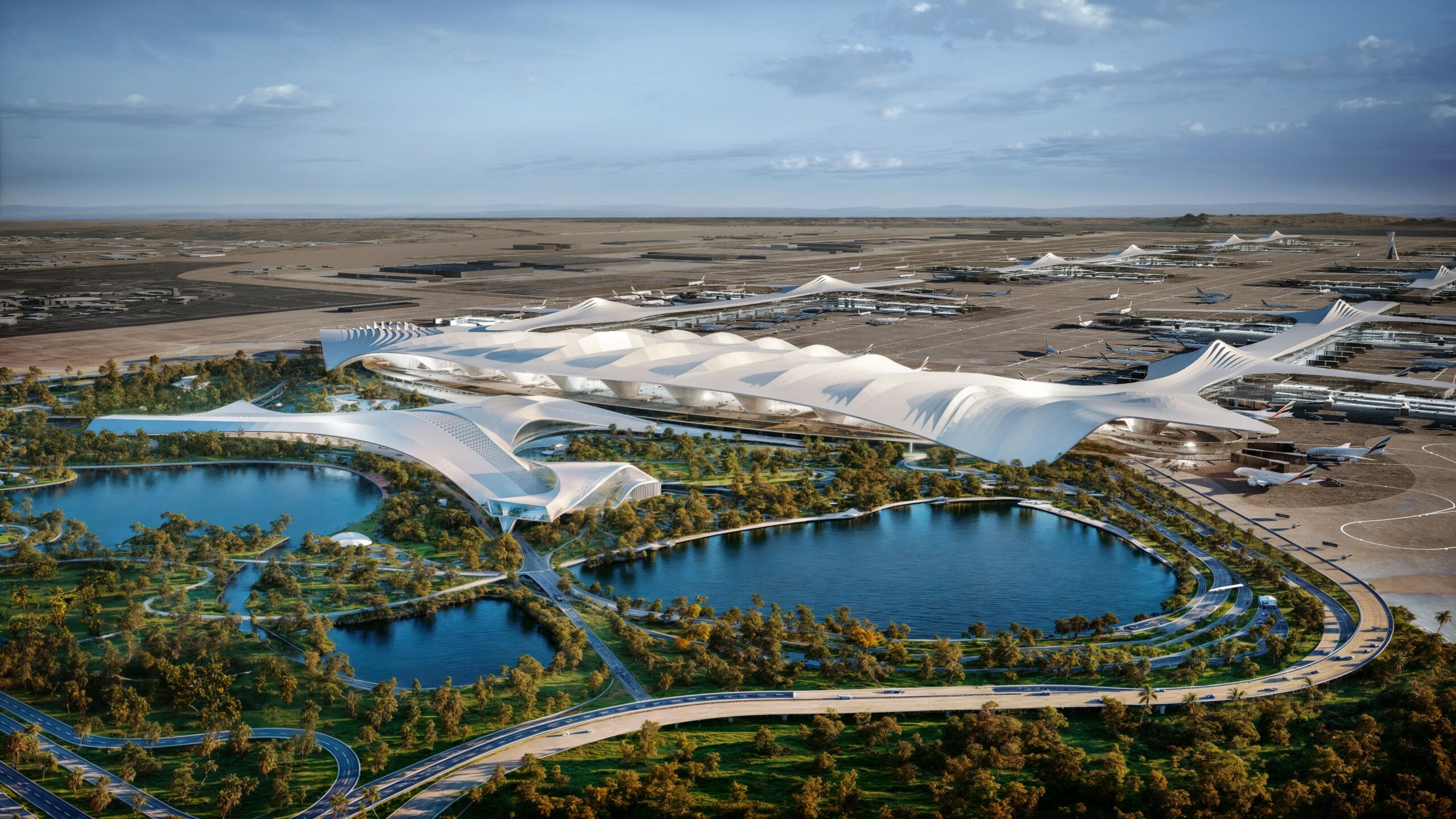
During the summit, Paul Griffiths expressed the value of this development, with Dubai well-placed to offer the world’s largest airport. Indeed, its geo-central location sees a third of the world’s population living within a four hour flight of the airport, while two thirds live within an 8 hour flight. What’s more, 98.5 percent of people arriving in Dubai do so via air travel.
However, in line with the summit’s focus on sustainability, Bryn Lucas questioned whether this 35 billion USD development is truly a sustainable course of action, especially as DXB already provides the city with a prosperous airport, expected to serve a record 91 million passengers this year.
In response, Griffiths asserted that establishing a new airport in Dubai is the only way to build and develop the city. He argued that DXB’s success is thanks to the most efficient use of its infrastructure, which is now nearing its limit. Indeed, DXB is located at the northern end of the Dubai, and the city is only able to expand to the south and the east. DWC is thus in a more favourable location for a future-proofed site.

Once the development at DWC is complete, Griffiths states that there will be no need to keep DXB open and it will therefore close.
Paul Griffiths said:If you are going to create a mega hub like DWC will be, with the potential capacity for 260 million passengers when fully developed, there is no rationale to keep an airport within 70 kilometres of it open. I think it will be a bit like Kai Tak Airport was in Hong Kong – as soon as the airport closes that area can be regenerated and things can then go high rise. So DXB will close. There's no rationale for keeping it open once DWC is developed.
Furthermore, Griffiths emphasised that Dubai’s new hub will be constructed with sustainability in mind. For example, the design will leverage the energy potential of solar due to the plentiful amount of sunshine in the region, while underground water reservoirs will be used to store cool water.
In the near future, Griffiths also plans to pass regulation to ban the use of vehicles on site that do not use clean energy. Dubai Airports is thus working with Emirates and dnata to rollout electric tugs and hydrogen buses. Consequently, such initiatives will help the airport to fully decarbonise its ground operations.
Despite this progress, Griffiths did recognise that facilitating decarbonised flights and the mitigation of Jet A1 fuel will remain a greater challenge for the airport. As it is impossible to know what the breakthrough technology may be in 15 years time when the new hub is operational, he stressed the importance of incorporating flexibility into the infrastructure design.
With this approach, Dubai Airports hopes to deliver an airport that will facilitate the growth and prosperity of Dubai while helping to mitigate the aviation industry’s negative impact on the environment.





